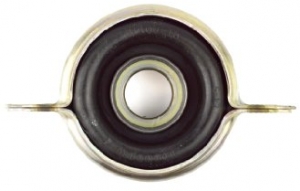-
Welcome to Tacoma World!
You are currently viewing as a guest! To get full-access, you need to register for a FREE account.
As a registered member, you’ll be able to:- Participate in all Tacoma discussion topics
- Communicate privately with other Tacoma owners from around the world
- Post your own photos in our Members Gallery
- Access all special features of the site
Slow AC leak
Discussion in '1st Gen. Tacomas (1995-2004)' started by Tjsingle26, Dec 24, 2015.


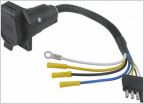 7 pin trailer wiring where to connect 95.5 truck
7 pin trailer wiring where to connect 95.5 truck Now what?!?
Now what?!?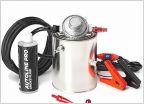 2002 Tacoma Codes P0440, P0441, P0446
2002 Tacoma Codes P0440, P0441, P0446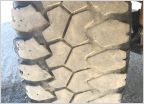 Need Part # for alignment cam bolt
Need Part # for alignment cam bolt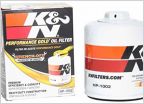 Maintenance/Oil Changes
Maintenance/Oil Changes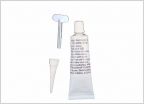 Transmission Flushing. Do or Don't
Transmission Flushing. Do or Don't






























































